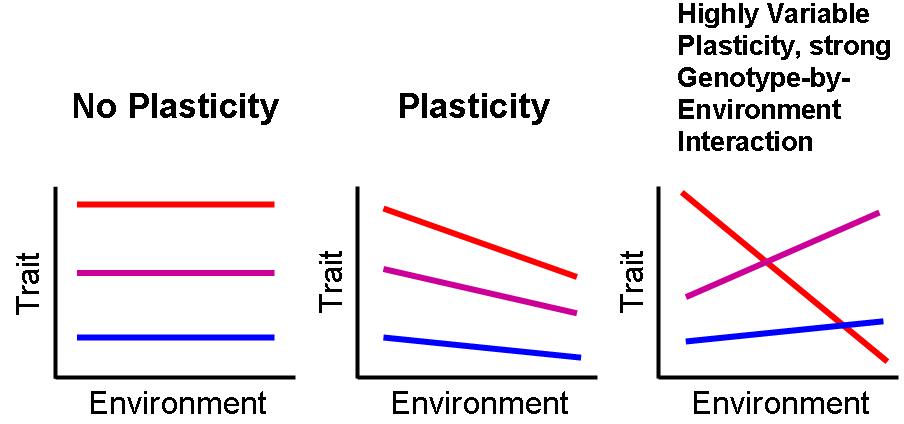|
Temnothorax Curvispinosus
''Temnothorax curvispinosus'', the acorn ant, is a species of ant in the genus ''Temnothorax''. The species is common and widely distributed in eastern United States, where they tend to inhabit forested areas. The ground-dwelling ants build their nests in plant cavities, in the soil or under rocks. It is sometimes called the acorn ant because it can live inside hollowed out acorns. Acorn ants are found in both rural and urban habitats. The acorn ant is temperature-sensitive, and urban environments tend to be hotter and change temperature more rapidly than rural ones. Urban populations of acorn ants can evolve improved heat tolerance and also increased plasticity Plasticity may refer to: Science * Plasticity (physics), in engineering and physics, the propensity of a solid material to undergo permanent deformation under load * Behavioral plasticity, change in an organism's behavior in response to exposur ... in responding to temperature changes. References External links * ... [...More Info...] [...Related Items...] OR: [Wikipedia] [Google] [Baidu] |
Gustav Mayr
Gustav L. Mayr (12 October 1830 – 14 July 1908) was an Austrian Entomology, entomologist and professor in Budapest and Vienna. He specialised in Hymenoptera, being particularly known for his studies of ants.1908. Obituary. Prof. Gustav Mayr. Entomological News 19:396 Bibliography In 1868, he was the first to describe the Argentine ant. He is credited with naming the harvesting ant species, ''Aphaenogaster treatae'', for naturalist Mary Treat, Mary Davis Treat, in honor of her research on the species. edite ... [...More Info...] [...Related Items...] OR: [Wikipedia] [Google] [Baidu] |
Temnothorax
''Temnothorax'' is a genus of ants in the subfamily Myrmicinae. It contains more than 380 species. Biology The workers of ''Temnothorax'' species are generally small ( mesosoma length 0.715 mm). Colonies are typically monogynous, although facultative polygyny has been documented in several species. Colony populations are usually quite small, often with less than 100 workers. However, several studies have found colonies of some species to be widely dispersed with several to many satellite nests. Many species are arboreal, living within hollow stems, old beetle or termite galleries, or in galls. ''Temnothorax'' species appear to be trophic generalists, feeding on a wide variety of scavenged items, including the elaiosomes of seeds. None have been documented to be active or aggressive predators. Phylogenetics Recent molecular phylogenetic studies show that the genera ''Chalepoxenus'', '' Myrmoxenus'' and ''Protomognathus'' are nested within ''Temnothorax'', and that the l ... [...More Info...] [...Related Items...] OR: [Wikipedia] [Google] [Baidu] |
Phenotypic Plasticity
Phenotypic plasticity refers to some of the changes in an organism's behavior, morphology and physiology in response to a unique environment. Fundamental to the way in which organisms cope with environmental variation, phenotypic plasticity encompasses all types of environmentally induced changes (e.g. morphological, physiological, behavioural, phenological) that may or may not be permanent throughout an individual's lifespan. The term was originally used to describe developmental effects on morphological characters, but is now more broadly used to describe all phenotypic responses to environmental change, such as acclimation (acclimatization), as well as learning. The special case when differences in environment induce discrete phenotypes is termed polyphenism. Generally, phenotypic plasticity is more important for immobile organisms (e.g. plants) than mobile organisms (e.g. most animals), as mobile organisms can often move away from unfavourable environments. Nevertheless ... [...More Info...] [...Related Items...] OR: [Wikipedia] [Google] [Baidu] |
Myrmicinae
Myrmicinae is a subfamily In biological classification, a subfamily (Latin: ', plural ') is an auxiliary (intermediate) taxonomic rank, next below family but more inclusive than genus. Standard nomenclature rules end botanical subfamily names with "-oideae", and zo ... of ants, with about 140 extant genera; their distribution is cosmopolitan. The pupae lack cocoons. Some species retain a functional sting. The petioles of Myrmicinae consist of two nodes. The nests are permanent and in soil, rotting wood, under stones, or in trees.Goulet, H & Huber, JT (eds.) (1993) Hymenoptera of the world: an identification guide to families. Agriculture Canada. p. 224 All species of Cephalotes (within the tribe Attini) are gliding ants. Identification Myrmicine worker ants have a distinct postpetiole, i.e., abdominal segment III is notably smaller than segment IV and set off from it by a well-developed constriction; the pronotum is inflexibly fused to the rest of the meso ... [...More Info...] [...Related Items...] OR: [Wikipedia] [Google] [Baidu] |
Hymenoptera Of North America
Hymenoptera is a large order (biology), order of insects, comprising the sawflies, wasps, bees, and ants. Over 150,000 living species of Hymenoptera have been described, in addition to over 2,000 extinct ones. Many of the species are Parasitoid wasp, parasitic. Females typically have a special ovipositor for inserting eggs into hosts or places that are otherwise inaccessible. This ovipositor is often modified into a stinger. The young develop through holometabolism (complete metamorphosis)—that is, they have a wormlike larval stage and an inactive pupal stage before they reach adulthood. Etymology The name Hymenoptera refers to the wings of the insects, but the original derivation is ambiguous. All references agree that the derivation involves the Ancient Greek wikt:πτερόν, πτερόν (''pteron'') for wing. The Ancient Greek wikt:ὑμήν, ὑμήν (''hymen'') for membrane provides a plausible etymology for the term because species in this order have membranous wings ... [...More Info...] [...Related Items...] OR: [Wikipedia] [Google] [Baidu] |


